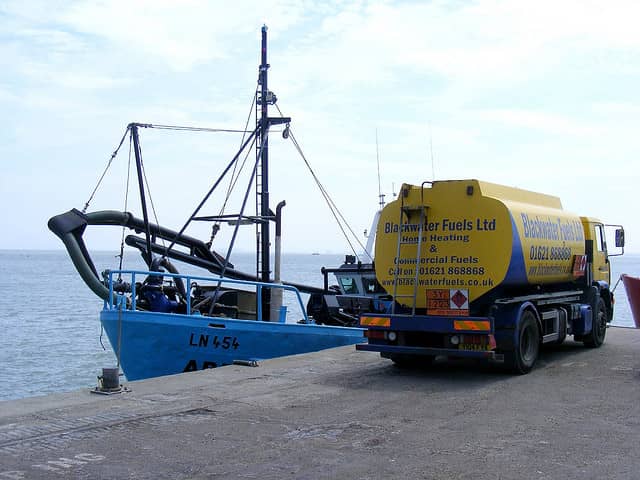
As a courier you may specialise in transporting dangerous goods or be assigned the task of transporting dangerous goods from time to time. If you are given this task, there are certain rules and regulations you would have to adhere to, in terms of how you pack and label the goods and the training of the staff that are going to be handling the goods.
Guidelines for Transporting Dangerous Goods
The UN has provided a full list of what are regarded as dangerous goods . Common household goods that are considered dangerous would be lighters, matches and batteries. To comply with the Health and Safety at Work Act 1974, each business that is involved in the handling, processing or transporting of dangerous goods has to have a Dangerous Goods Safety Adviser. The Dangerous Goods Safety Officer is responsible for making sure the business is compliant with rules that govern the transportation of goods, providing advice to their company on the transport of goods and producing annual reports that highlight the company’s transportation of goods activities. Companies that deal with clinical waste must be registered as a waste carrier, and if you are not registered, you could incur a fine of up to £5,000.
When transporting dangerous goods ensure that proper documentation accompany the goods, including a consignment and transport document. The documentation required will depend on the mode of transport you intend to use to deliver the goods. Dangerous goods are required by law to be correctly marked as such using the relevant internationally recognised hazard symbols. You should also ensure that the packaging is fit for purpose and has met the specifications that the UN has put into place such as the ability to withstand being dropped on the floor. UN approved packaging will be marked with the prefix “UN” followed by a code that details which mode of transport it passed regulation for and whether it should be used nationally or internationally. We will detail the relevant sites you can use to find out more about specific regulations below.
Regulations are also dependent on whether you are carrying the goods by rail, sea, road or air. Regulation for transportation by road is set out by the European Agreement concerning the International Carriage of Dangerous Goods by Road (ADR). Appendix C of the Convention Covering International Carriage by Rail – International Carriage of Dangerous Goods by Rail governs the regulation of carrying dangerous goods internationally by rail. If you were going to transport dangerous goods by sea, the International Maritime Dangerous Goods code provides guidance on this. If you are transporting goods by air, anyone involved in that process is required to have received dangerous goods training. You can find out more about regulations by visiting the Civil Aviation Authority Website.
Tradex is a leading provider of Courier Insurance. Whether you deal with your average everyday parcel deliver or you deliver dangerous goods, our friendly advisors will be able to provide you with a competitive quote.